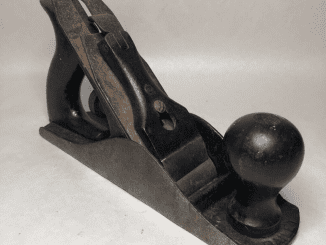The weaving shuttle stands as an iconic tool in the rich history of textile production. Through centuries of craftsmanship and innovation, the shuttle has not only revolutionized the process of weaving but also preserved the cultural heritage of societies around the world. This article explores the historical significance, functionality, and artistic merit of the vintage weaving shuttle, illustrating its profound impact on the art of weaving.
The Historical Roots of the Weaving Shuttle
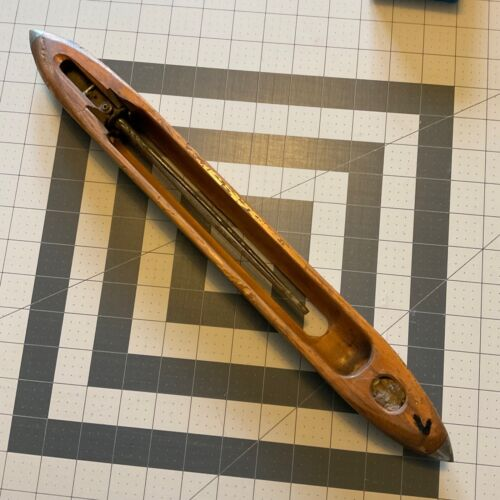
The weaving shuttle’s history is as ancient as textile production itself, with its origins stretching back to the earliest human civilizations.
Ancient Beginnings: Simplicity Meets Innovation
In the earliest days of weaving, shuttles were simple tools, often crafted from bone or wood, that allowed artisans to interlace threads manually. These rudimentary tools laid the foundation for more intricate textile production methods. As humans developed more complex forms of clothing and fabric, so did the shuttle evolve, becoming an indispensable tool in early textile creation.
Medieval Advancements: Setting the Stage for Modern Weaving
The medieval period saw significant advancements in the design and use of weaving shuttles. During this time, artisans began experimenting with materials like ivory, wood, and metal to create more efficient and durable shuttles. However, the true turning point came in 1733, when John Kay invented the flying shuttle, a groundbreaking innovation that allowed weavers to produce wider fabrics at a faster rate. Kay’s invention was pivotal in the history of textile production, as it laid the groundwork for the Industrial Revolution and forever transformed the way fabrics were woven.
The Purpose and Variety of Weaving Shuttles
The weaving shuttle’s core function remains unchanged throughout its long history: it serves as the carrier of the weft thread across the warp threads on a loom, a fundamental aspect of fabric weaving. Yet, over the years, shuttles have evolved to serve different weaving techniques and preferences.
The Basic Function of the Weaving Shuttle
At its most basic level, the weaving shuttle works as a tool to pass weft threads back and forth across the loom, interweaving with the warp threads to form fabric. This simple yet effective process is at the heart of every woven textile, from intricate tapestries to everyday garments. Without the shuttle, the art of weaving would be slow, laborious, and inefficient.
Types of Vintage Weaving Shuttles
Weaving shuttles come in various designs, each serving specific purposes. For instance:
- Boat Shuttles: These shuttles are popular for hand weaving due to their smooth movement and ease of use. Boat shuttles hold the thread in a bobbin and are ideal for creating fine, detailed work.
- Stick Shuttles: These simpler shuttles are often used for beginner projects or for weaving with thicker yarns. They are especially effective for creating broader patterns and textures.
- Rapier Shuttles: Primarily used in industrial settings, rapier shuttles excel in speeding up the weaving process, making them a preferred choice for modern, large-scale textile production.
Each of these shuttle types has played a role in shaping the fabric of weaving history, catering to both traditional hand weavers and industrial textile manufacturers.
Weaving Shuttles as Artisanal Craft
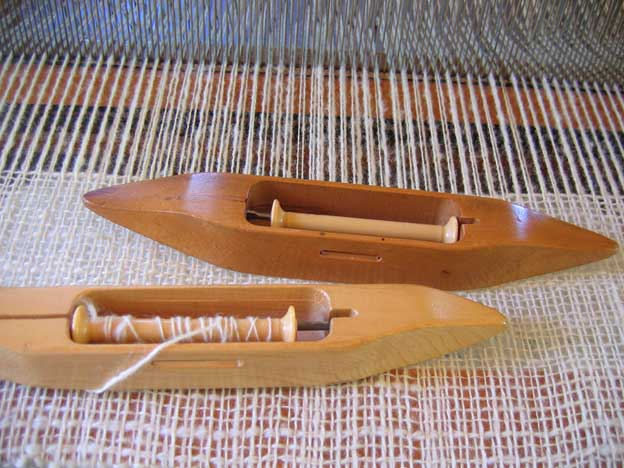
While the weaving shuttle’s primary purpose is functional, many vintage shuttles have transcended their utilitarian roles to become pieces of art in their own right.
Artistry in Design
Historically, artisans took great pride in designing shuttles that were not only effective but also beautiful. Vintage weaving shuttles often showcase exquisite craftsmanship, with intricate carvings and designs that reflect the cultural heritage of the regions where they were made. From ornate woodwork to detailed inlays, these shuttles are tangible links to the rich history of textile artistry.
Cultural Significance and Legacy
Weaving has always been more than a craft; it is a cultural practice passed down through generations. In many societies, the weaving shuttle is a symbol of tradition, embodying the techniques, skills, and stories of the past. From the handweaving techniques of Native American tribes to the elaborate patterns of Asian textiles, the shuttle has played a critical role in preserving cultural identities and practices.
Modern Adaptations and Continuing Relevance
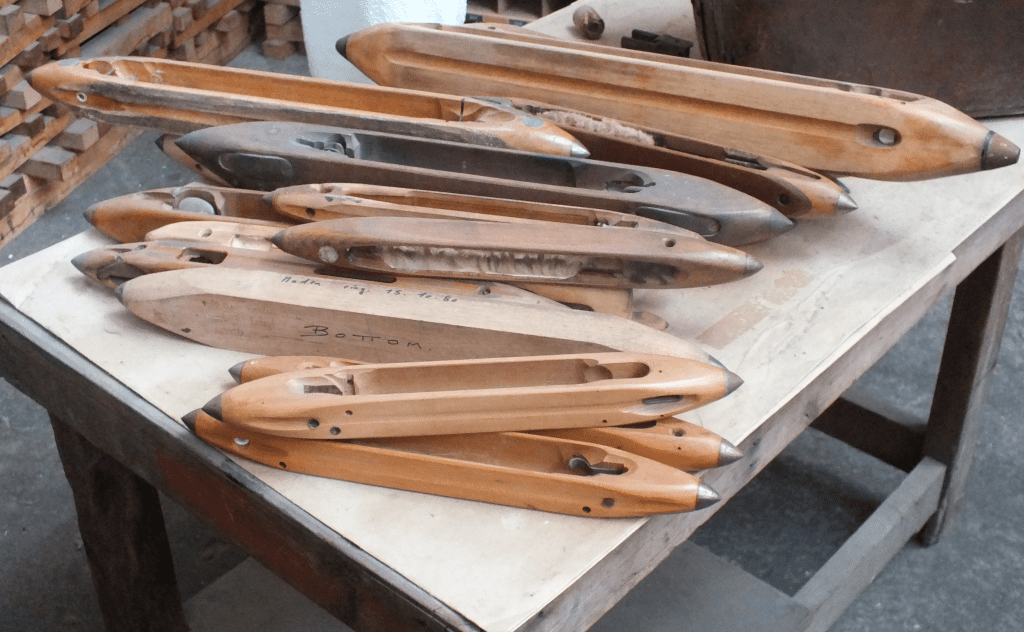
In the age of advanced machinery and automated weaving processes, one might assume that the weaving shuttle has become obsolete. However, vintage shuttles remain cherished by both handweavers and textile enthusiasts.
The Enduring Appeal of Traditional Weaving
Many contemporary artisans still prefer the tactile experience of working with vintage shuttles. For them, using a hand shuttle is a way to connect with the past and maintain the integrity of traditional weaving methods. It offers a meditative process, one where the weaver can feel deeply involved in the creation of their fabric, from start to finish. Despite modern technological advancements, the timeless art of handweaving has found a resurgence among artisans who value slow, intentional craftsmanship.
Collecting Vintage Weaving Shuttles
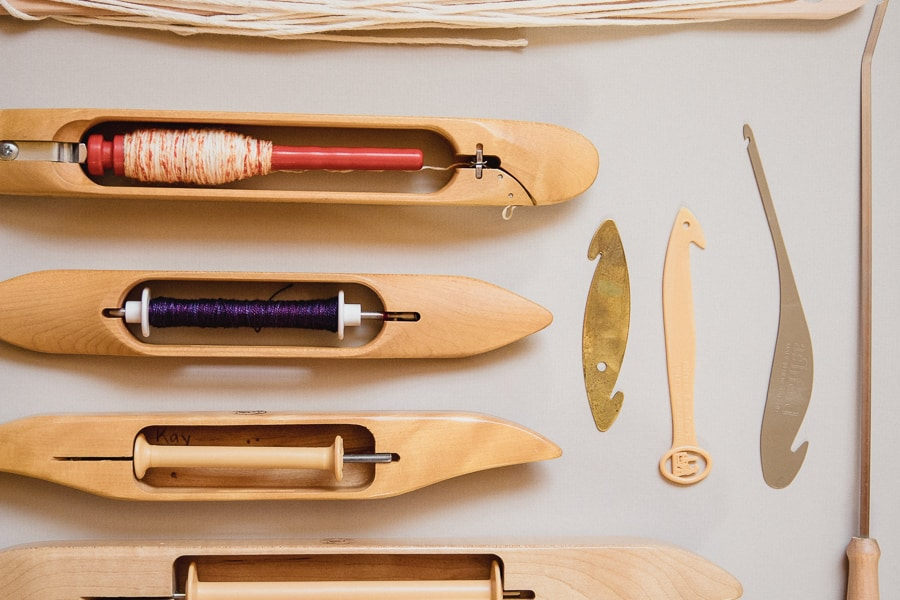
Beyond their practical use, vintage weaving shuttles have become highly sought-after collectibles. Their historical and artistic value makes them prized artifacts for collectors, historians, and museums alike. Collectors appreciate the unique designs and the stories these tools tell about the evolution of textile production. As rare artifacts, vintage shuttles also serve as a testament to human ingenuity and craftsmanship, marking the journey of weaving technology over centuries.
Conclusion: A Legacy of Craftsmanship and Innovation
The vintage weaving shuttle is much more than a tool—it’s a symbol of the intricate artistry and historical evolution of textile production. From its humble beginnings in ancient civilizations to its role in the Industrial Revolution, the shuttle has continuously adapted to meet the needs of weavers. Today, it serves as both a functional device for modern artisans and a collectible artifact that connects us to the rich legacy of textile craftsmanship. As we look to the future, the vintage weaving shuttle reminds us of the importance of preserving cultural practices while continuing to innovate in the world of textiles.


